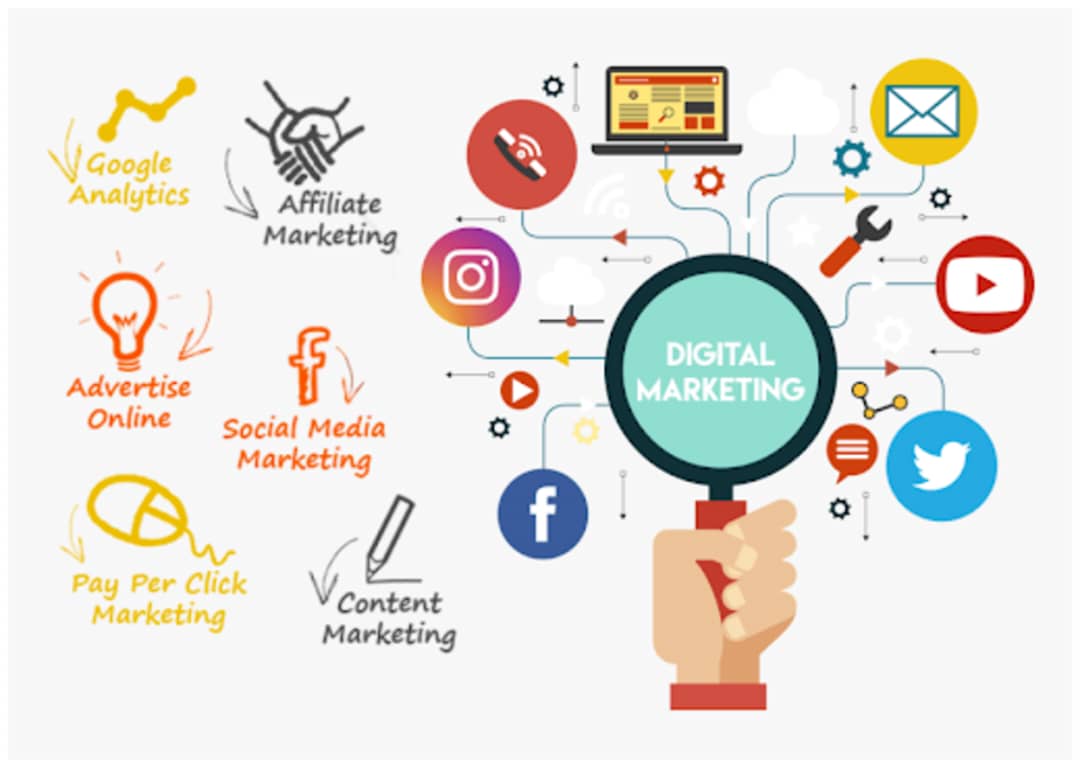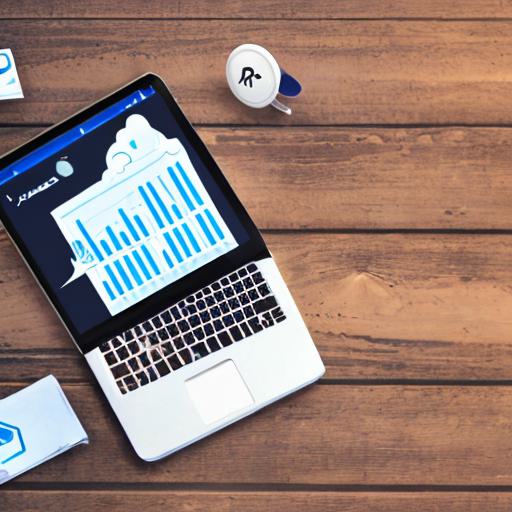As a business owner, one of the most important metrics you need to track is your customer acquisition cost (CAC) . Customer acquisition cost is the total amount you spend on acquiring a new customer to retain them over the long term. In simple terms, it is the cost necessary to convince potential customers to buy your product or service in order to have a return on investment. In this article, we’ll explore a powerful tool that can help you control your customer acquisition cost – the average basket calculation in order to acquire new markets.
Introduction to Customer Acquisition Cost (CAC)
Every business has to spend money to acquire new customers. Whether it’s advertising, marketing campaigns, or sales, there are costs associated with attracting and converting new customers. Customer acquisition cost (CAC) is the total amount a company spends on sales and digital marketing to acquire a new customer in order to retain them.
Controlling the cost of customer acquisition is critical to business success. If the cost of customer acquisition is too high , it can reduce your profits and make it difficult for your business to grow. Conversely, if the cost of customer acquisition is too low, your total investment may not be generated enough in digital sales and marketing to attract new customers over the long term.
What is the calculation of the average basket?
Calculating your average basket is a powerful tool that can help you control your customer acquisition cost . This is a simple formula that tells you the average amount a customer spends on each transaction. By understanding the average basket value, you can make more informed decisions about how much to invest in sales and marketing campaigns.
The formula to calculate its average basket is as follows
Average basket = Total turnover / Number of transactions
For example, if your business generated $10,000 in revenue for 100 transactions, your average basket would be:
Average basket = $10,000 / 100 = 100
This means that on average each customer spends $100 per transaction.
How to calculate the average basket value?
To calculate the average basket value, you need to have accurate data on the total turnover generated by your company and the number of transactions made during a given period (usually a month or a quarter).
Here is a step-by-step guide to calculating average basket value:
- Determine the time period you want to analyze (for example, a month, a quarter, or a year).
- Calculate the total revenue generated by your business during this period.
- Count the number of transactions made during this period.
- Divide the total revenue by the number of transactions to get the average basket.
Benefits of Calculating Average Basket Value
Calculating the average basket value has several advantages for your business over the long term:
- It helps you understand the spending habits of your loyal customers: By knowing the average amount customers spend on each transaction, you can identify trends in their spending habits. This can help you adapt your marketing and sales strategies to better meet their needs.
- Helps you identify loyal, high-value customers: By analyzing the average basket value, you can identify customers who spend more than the average. These loyal customers are the most valuable and should be targeted with special offers and promotions.
- Helps you control your customer acquisition cost: By understanding the average basket value, you can make more informed decisions about how much to invest in sales and marketing. If your customer acquisition cost is higher than the average basket value, it may be time to re-evaluate your marketing and sales strategies.
Understanding Customer Lifetime Value (CLTV)
Customer lifetime value (CLTV) is the total amount a customer is expected to spend on your products or services over their lifetime. CLTV is an important metric because it helps you understand the long-term value of a customer to your business.
To calculate CLLT, you need to know the average amount a customer spends on your products or services (aka average basket) and the average length of time they remain a customer over the long term.
Use the average basket calculation to control your CAC
By understanding the average basket value and CLTV of your customers, you can make more informed decisions about how much to invest in sales and marketing.
For example, suppose your company’s average basket value is $50 and your loyal customers’ CLTV is $500. This means that on average each customer will make 10 trades in their lifetime (i.e. $500 / $50 = 10).
If your CAC is $20, you can use this information to determine how much money you should invest in sales and marketing.
If you invest $100 in sales and marketing to acquire a new customer and that customer completes 10 transactions in their lifetime, your PCA will be:
CAC = $100 / 10 = 10
This means that your CAC is lower than the average basket value, which is a good sign of the effectiveness of your good sales and marketing strategy over the long term.
How does customer lifetime value affect customer acquisition cost?
Customer lifetime value (CLTV) is closely related to customer acquisition cost (CAC). In fact, CLTV can help you control your customer acquisition cost by giving you a better understanding of the long-term value of a customer.
If the CLTV of your loyal customers is high, it means you can afford to spend more money on sales and marketing to acquire new customers. Indeed, the long-term value of a customer is greater than the cost of acquiring it.
On the other hand, if the TLC of your loyal customers is low, it means you need to be more careful with your sales and marketing investments. Indeed, the long-term value of a customer may not be sufficient to justify the cost of acquiring that customer.
Profitable Strategies to Increase Average Basket Value
Increasing the average basket value is a key strategy for controlling your customer acquisition cost. Here are some profitable marketing strategies you can use to increase average basket value:
- Offer bundles: Bundles are a great way to increase average basket value. By giving loyal customers a discount for purchasing multiple products, you can encourage them to spend more money per transaction.
- Up-selling and cross-selling: Up-selling and cross-selling are effective strategies for increasing average basket value. By offering loyal customers additional products or services that complement their original purchase, you can increase their total spend per transaction.
- Offer free shipping: Free shipping can be a great way to entice loyal customers to increase the value of their cart. By setting a minimum purchase amount to qualify for free shipping, you can encourage loyal customers to add additional items to their cart to reach the set threshold.
The importance of tracking and analyzing average basket value over time
Tracking and analyzing average basket value over time is key to controlling your customer acquisition cost. By monitoring the evolution of the average basket value, you can identify trends and make informed decisions regarding your sales and digital marketing strategies.
For example, if you notice that the average basket value is decreasing over time, it might be time to re-evaluate your pricing or promotional strategies. On the other hand, if you find that the average basket value is increasing, you can invest more in sales and digital marketing to take advantage of this trend.
Factors influencing customer acquisition cost
Several factors can influence the cost of customer acquisition (CAC). These include the following factors
- Industry: The cost of customer acquisition can vary greatly depending on the industry you are in. Some industries, such as healthcare or finance, may have a higher customer acquisition cost due to increased competition or regulatory requirements.
- The target market: The cost of customer acquisition can also vary depending on your target market. If your target market is highly competitive, it may be harder and more expensive to acquire new, loyal customers.
- Digital marketing and sales strategies: The marketing and sales strategies you use can also impact your cost of customer acquisition. For example, if your advertising campaigns are not effective, you may be spending more money than necessary to acquire new customers.
Common mistakes to avoid when calculating the average basket
When calculating the average basket, there are several common mistakes to avoid:
- Focusing too much on the average: While the average basket is a useful metric, it’s important to remember that not all loyal customers are the same. Some loyal customers may spend significantly more or less than average, so it’s important to analyze your data at a more granular level.
- Not analyzing trends over time: The value of the average basket can change over time, so it is important to follow and analyze trends. Failure to do so can lead to missed opportunities or ineffective digital sales and marketing strategies.
- Not considering the CLTV of your customers: The CLTV of your loyal customers is closely tied to the average basket value, so it’s important to consider both of these metrics when making sales and marketing decisions. digital.
Conclusion: Take control of your CAC with the calculation of the average basket
Controlling your customer acquisition cost (CAC) is essential to the success of your business. By using the average basket calculation, you can make more informed decisions about how much to invest in digital sales and marketing.
Remember to track and analyze average basket value over time and consider the CLTV of your loyal customers when making sales and marketing campaign decisions. By contacting SoContact, you will be able to take control of your customer acquisition cost and develop your business more efficiently and have a long-term return on investment.
What is customer acquisition cost (CAC)?
Why is the CAC calculation important for your business?
How to calculate the CAC?
What costs are included in the CAC calculation?
How to reduce your CAC?
How to use CAC to improve your customer acquisition strategy?











